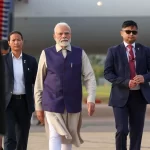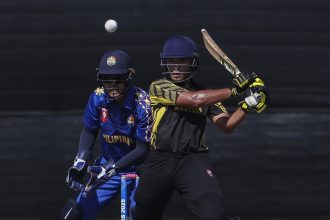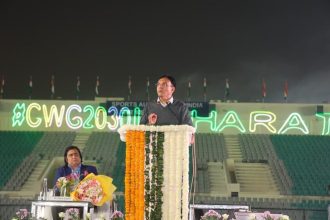NEW DELHI, July 24 — Once hailed as a “sleeping giant” by former FIFA president Sepp Blatter, Indian football today finds itself caught in a storm of uncertainty, disillusionment, and fading hope.
From the grassroots to the top tier, the game is in disarray. The men’s national team is without a head coach. The Indian Super League (ISL), the country’s flagship football competition, is hanging by a thread amid a standoff between the All India Football Federation (AIFF) and its commercial partner, Football Sports Development Limited (FSDL).
The uncertainty has sent shockwaves through the footballing community. Indian football legend Sunil Chhetri summed up the mood in a heartfelt post on X:
“Everybody in the Indian football ecosystem is worried, hurt, scared about the uncertainty we are faced with.”
Chhetri’s own return to the national side in March—at the age of 40 and after a brief retirement—reflects a larger issue: a lack of young talent ready to step up. Despite being the fourth-highest international goal scorer in the world, his return is a bittersweet reminder of stagnation in player development.
India now sits at 133rd in the FIFA world rankings, the lowest in nearly a decade. The team has won only one out of its last 16 matches. Head coach Manolo Marquez resigned earlier this month after a disappointing year—his final match was a 1-0 loss to Hong Kong, a country with a population 185 times smaller than India.
A League on Pause, A Nation in Doubt
The ISL, which once promised to revolutionize Indian football with its glitz, foreign talent, and fast-paced action, is in limbo. The agreement that grants FSDL rights to run the ISL expires on December 8. No new deal has been signed.
Over 5,000 livelihoods—players, coaches, technical staff, and supporting workers—now hang in balance as pre-season preparations grind to a halt.
But not everyone has lost hope.
Subrata Paul, former captain and now national team director, believes the game will endure:
“Yes, this is a tough time, but we can use this moment to rebuild. Let’s focus on youth, infrastructure, and real coaching. Football has been through worse—it always finds a way back.”
Missed Potential, Lingering Problems
The ISL launched in 2014 with dreams of becoming India’s Premier League. Big names like Alessandro Del Piero and Roberto Carlos came in. Fans watched. Sponsors came. But soon, TV ratings dipped, attendance declined, and enthusiasm faded.
Still, FIFA hasn’t given up. Arsène Wenger, global football’s development head and legendary Arsenal manager, visited India in 2023 to launch a youth academy. He met with AIFF President Kalyan Chaubey and advocated for earlier training—starting at eight years old, not 13, which is currently the norm in India.
A Legacy Worth Reviving
India’s footballing past isn’t without pride. The national team made four Olympic appearances between 1948 and 1960. At the 1956 Melbourne Olympics, India came agonizingly close to a medal, finishing fourth.
But veteran journalist Jaydeep Basu, author of Who Stole My Football?, sees today’s crisis as man-made:
“The team dropped from 99 to 133 in less than a year. This reflects not just failure, but a system hijacked by a select few for their own interests.”
Kolkata and Kerala remain strongholds of football passion, but they alone cannot carry a nation of 1.4 billion. Football’s future in India depends on transparency, vision, and courage to prioritize development over profit.
The world still waits for India to awaken—and live up to the promise of that sleeping giant.








